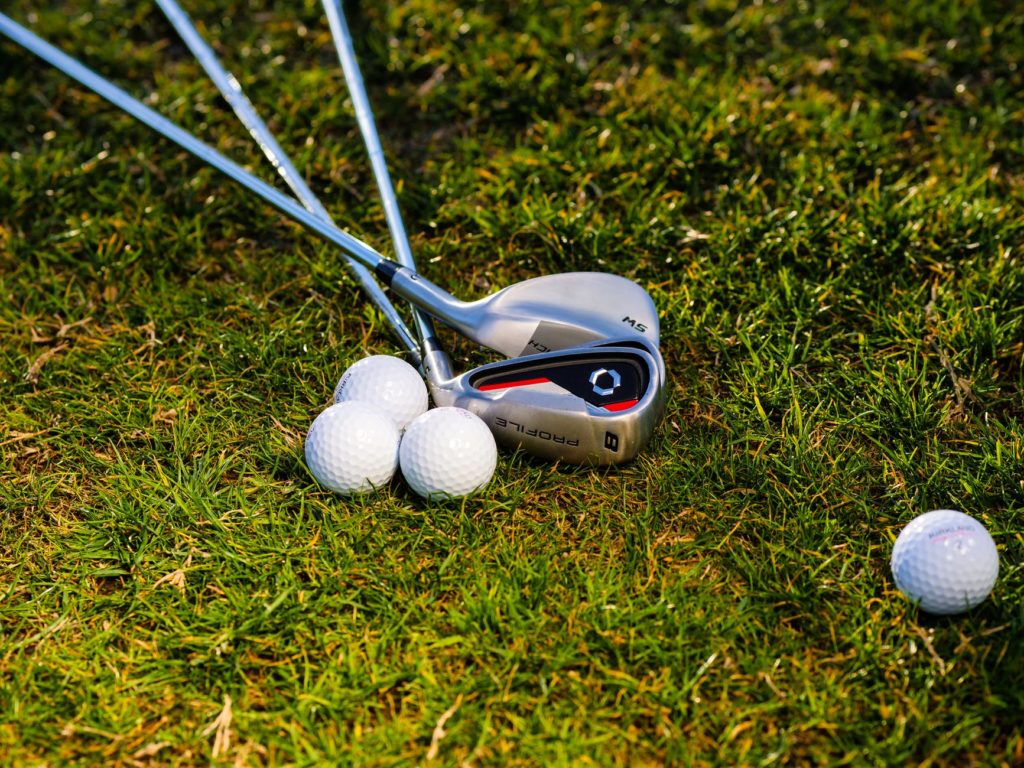What Every Golfer Needs to Know About Muscle-Backs
Just like most of the other golfing equipment, irons also have variations. Having the right type of iron can contribute quite a lot to improving your skills and hence your scores in each game. The two main types are muscle-back irons and cavity-back irons. Golfers need to educate themselves on everything about the two iron types to make the right choice for each play. Some of the things every golfer needs to know about muscle back irons are highlighted below.
Muscle-Backs Are More Difficult to Hit
Muscle-backs are ideally designed for the low handicap players because of the level of prowess needed to use them. They are a lot less forgiving than the cavity-back irons, making them a lot harder to hit. However, they do reward consistency. Recently, there have been improvements in the designs of muscle-back irons, making them a bit more forgiving.
Not All Muscle-Backs Are Blades
Muscle-backs are commonly referred to as blades by most golfers. However, it is essential to note that not all muscle-back irons are blades. Blade irons refer to some of the thinnest golf clubs. The weight distribution of such is the most centered of all clubs. That makes their sweet spot for hitting quite small. They are thus suitable only for golfers who can make contact in that sweet spot consistently.
Muscle-Backs Offer the Most Consistency
Players who can use muscle-back irons can make the most consistent shots. That is because of the superior feedback of the club. For example, if you make a bad shot and it works out, you can easily replicate it.
Muscle-Backs Are Great for Training
All the features of muscle-back irons make them a good choice for training. That is because they are quite workable and show even the smallest of mistakes, allowing you to make corrections and improve your consistency. They also give you more control over fades and draws.
Muscle-Back Irons Have Better Top-Down Views
The thin looks of muscle-back irons tend to be more appealing to most of the lower handicap players. They do not like staring down at a clunky iron while looking to pick a clean shot off the grass. With muscle-back irons, the players also do not need to worry about how high the ball will go as the swing speed will naturally make the ball travel high.
Muscle-Backs Are More Expensive
One of the downsides of muscle-back irons is that they are more costly than cavity-back irons. That is mostly because of the extensive design processes involved in making them.
